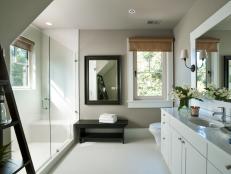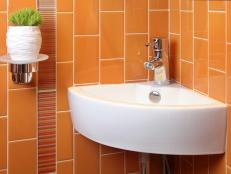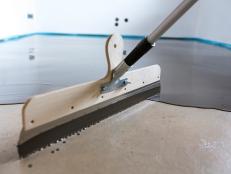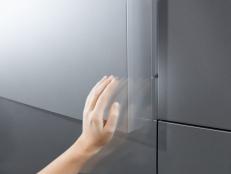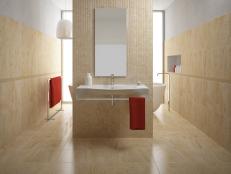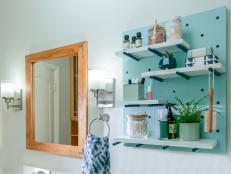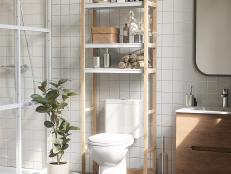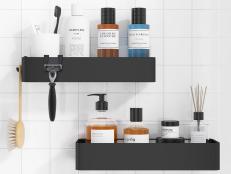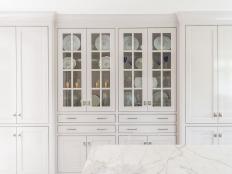Upgrade Bathrooms With Heated Floors
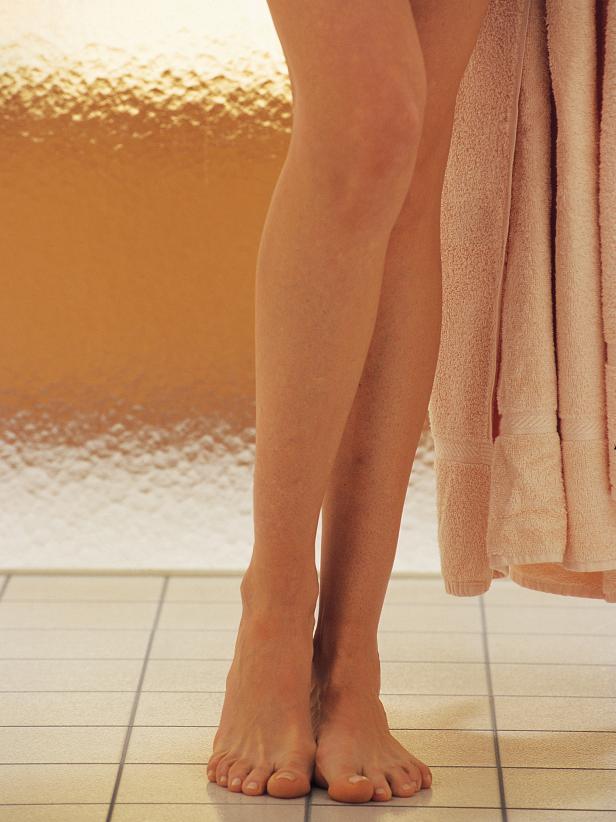
Comstock
Joe LoConte, president of Olivewood Construction in Los Altos, Calif., has built and remodeled a number of high-end homes in the San Francisco Bay Area. Many of them have radiant heat, often throughout the house, but especially in the master bath if the project is a remodel. Joe points out some of the features and benefits of radiant heat:
Affordability: For a small area such as a master bath, an electric mat under the tile floor is the affordable heating method. For a 200-square-foot bath, a mat typically can be purchased for $200 from the manufacturer. The total installation, excluding the tile, can be accomplished for about $1,500.
Ease of installation: The contractor draws a template of the bathroom floor on paper or cardboard and sends it to the manufacturer, who returns the electric mat made to size. After an electrician installs the mat, the tile installer spreads the mud and lays the tile or marble. To provide the electrical current, you usually need a 20-amp GFCI dedicated circuit with 110 volts.
Flexibility of temperature: The kit from the manufacturer usually includes a thermostat and a timer. You will have several options in the time periods when they may want to heat their bathroom. For example, they can set the timer to heat the floor from 6 a.m. to 8 a.m. and again in the evening. This flexibility is especially ideal for a temperate climate such as California.
Comfort: "Heated floors keep you warmer than a forced-air heating system," LoConte says. "If your feet are warm, you will stay warm. And you can typically set the temperature lower than with forced air and be comfortable." That helps save energy.
While radiant heat with hydronic tubing usually is not practical for small areas in a home because of the expense of the boiler or hot water heater needed, it is a worthwhile consideration for a large addition. You can also retrofit a large area of an existing home, combining a forced-air system with hydronic radiant heat in the same house.






